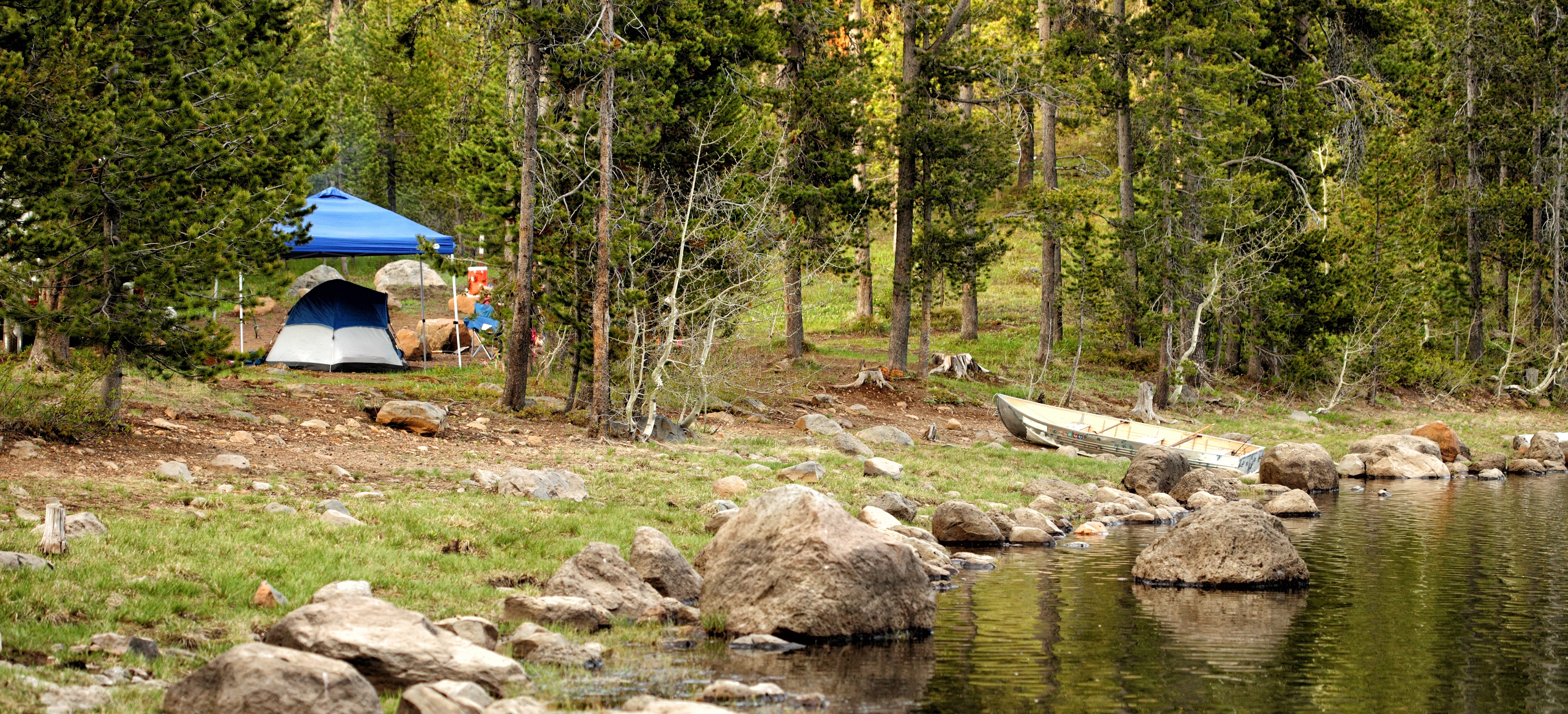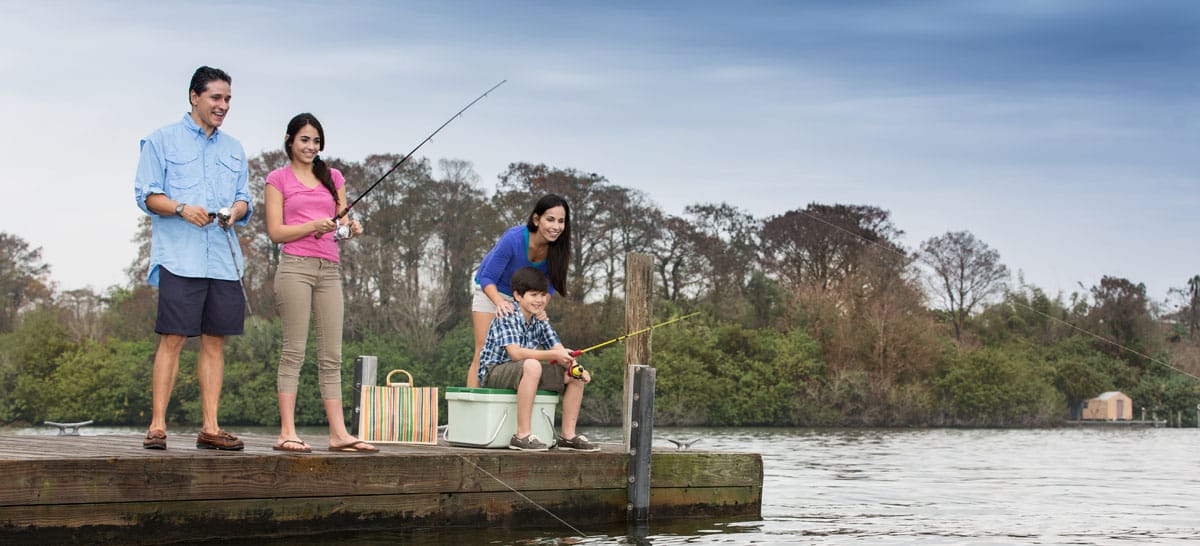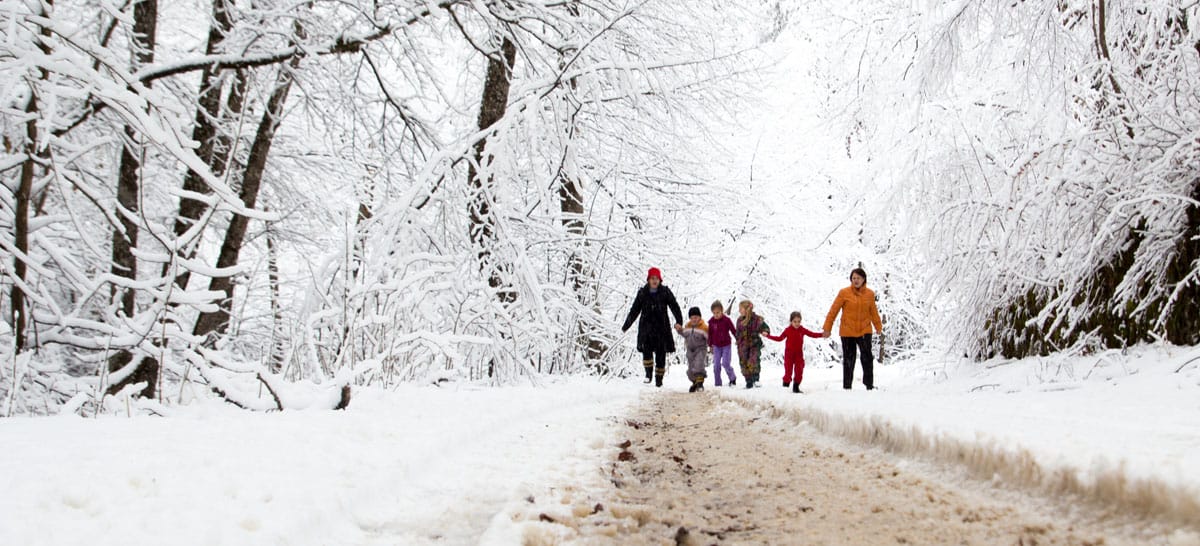Base Layers
Begin with the base layer. Merino wool or another wicking material, like synthetic polyester, silk, or cashmere are important to help retain heat while keeping skin nice and dry. Avoid cotton on your baby, especially when he or she is pressed up against you in a carrier. As you sweat, that transfers to your baby as you hike, even if they aren't moving.
The same thought applies to socks. These should be wool if possible or synthetic. It may seem shocking to pay adult prices for tiny socks, but this item is especially important when little feet are sticking out of a carrier and not quite at the shoe wearing phase. Consider two pairs of socks on a baby and a blanket or cover over a carrier to keep little toes warm.
Mid Layers
Fleece footed pajamas work great over base layers and socks. Just make sure they aren't too tight or short. You don't want to cut off circulation to the hands and feet, as this will make them cold no matter how many layers they have on them. If you are nervous about pajamas, take an old pair of wool or cashmere socks of yours and pull them up over your baby like legwarmers on top of their socks for an extra layer over their feet and legs.
Hats and Mittens
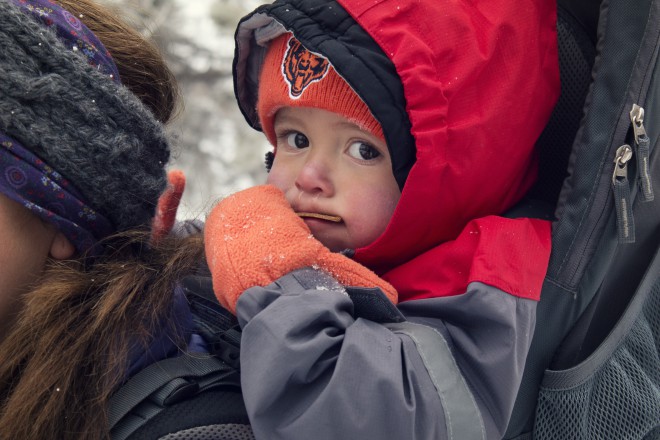 Photo: Rebecca Bertasso @rgbphotowyo
Photo: Rebecca Bertasso @rgbphotowyoHats that cover the ears and go under the chin are a must-have for those exposed heads. When wearing a baby, your breath on them can add moisture your baby's head and make their head dangerously cold without even realizing it. This also holds true for breathing on cold body parts. The moist warm air from your mouth actually causes the skin to become wet and then even more cold versus warming them up. Hold cold toes and hands in your warmer hands to warm them up and head for the indoors if they are extremely cold.
Outerwear
Outerwear is important to help keep little bodies safe from the wind, wet and cold. Get an extra large jacket for yourself to zip over the carrier and provide a cocoon to keep baby warm. If you don't have a big enough jacket, make sure you have a down or fleece bunting for baby on those cold days. Built in mittens and hoods are a bonus when they hit toddler phase. Make sure things aren't too tight on babies and toddlers!
Strollers
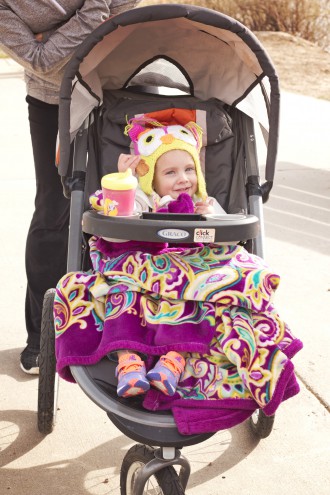 Photo: Rebecca Bertasso @rgbphotowyo
Photo: Rebecca Bertasso @rgbphotowyoIf your baby is in their stroller, they should be nice, warm, and dry with all of these layers. Add a weather shield or heavy blanket to cover them up as well. Consider finding a water resistant blanket and make sure their clothing is somewhat weather resistant in case they kick the blanket off.
Carriers
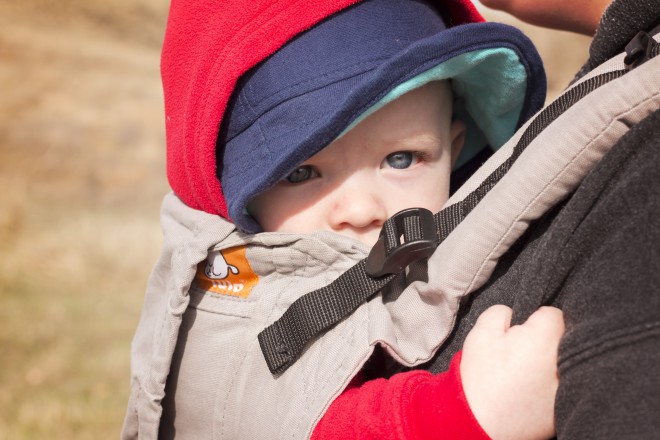 Photo: Rebecca Bertasso @rgbphotowyo
Photo: Rebecca Bertasso @rgbphotowyoIf you are wearing your little one in a Soft-Structured Carrier (SSC) they should be nice and snug against you soaking up your body heat. The dangling extremities can still get chilly, though. Heavy boots or shoes should be avoided, as they can cut off circulation on dangling legs.
Use Your Best Judgment
All of this being said, use your best judgment when it comes to layering. Sometimes more is not best. Infants can't regulate their temperature like adults can. If they are too hot they will overheat and dehydrate quickly. Watch them for signs of fussiness and flushed skin. Make sure you have fluids ready for them if you are not breastfeeding that can be warmed with hot water from a thermos or kept close to your skin in an inside pocket of your coat.
Also keep an eye on an overly fussy baby. They may have wet themselves and it could be soaking through layers without you realizing it, causing extra fussiness. If you notice different than usual behavior in the cold, stop, assess and look for what could be causing it and try to adjust outside. In some cases you may need to head in for a bit and shorten up your journey. In other cases a quick pit stop in a warm space may make all the difference to getting back out there for a bit.
Start short and sweet with a walk around the block to see how you both do, then take your adventures farther. Happy hiking!

